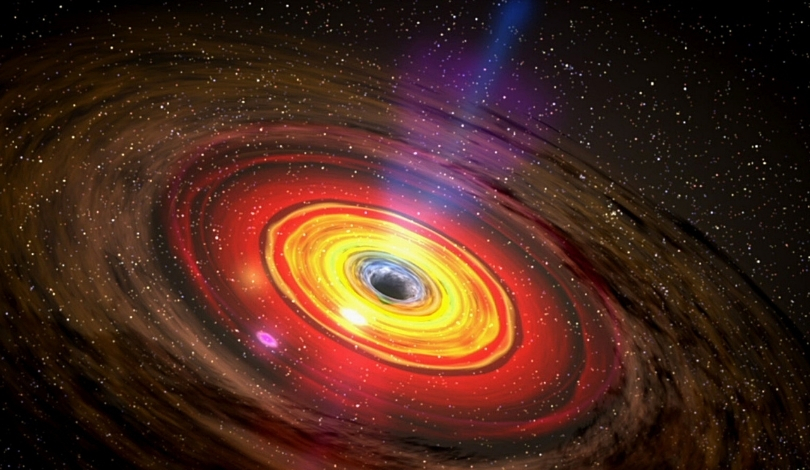Under the clear skies of the southern hemisphere, Comet C/2024 G3 ATLAS captivated both amateur and professional astronomers alike. Its passage through the night sky provided stunning visuals, enhanced by the collaboration of observers from around the globe. The comet’s journey offered valuable data for scientists studying celestial phenomena, while also inspiring enthusiasts to gaze upwards in wonder.
Comet G3 ATLAS first caught attention when it was discovered on April 25, 2024, by the ATLAS survey. Since then, it has been a subject of intense observation, particularly as it approached its perihelion in January 2025. This celestial event highlighted the dynamic nature of comets and their interactions with the solar environment.
Will G3 ATLAS Survive Its Close Approach to the Sun?
The comet approached perilously close to the Sun, reaching its closest point just 14 million kilometers away on January 13. Such proximity often determines a comet’s fate, as seen with C/2012 S1 ISON, which disintegrated in 2013, and W3 Lovejoy, which survived a near-sun encounter. Observations from SOHO’s LASCO C3 imager revealed G3 ATLAS achieving a brightness of -3.8 magnitude, marking it as the brightest comet since P1 McNaught in 2007.
How Did Observers Capture the Beauty of G3 ATLAS?
Astronomers and enthusiasts utilized various instruments and locations to document the comet’s appearance. Images from the Las Campanas Observatory in Chile and the International Space Station showcased its prominent dust tail and interaction with celestial bodies like Venus. Clyde Foster noted,
“The comet is putting on quite a show… And can’t have photos like that, without our beloved Namibian Camelthorn trees!”
highlighting the picturesque landscapes often captured alongside the comet.
What Led to the Demise of Comet G3 ATLAS?
Post-perihelion observations indicated that the comet’s nucleus was deteriorating, leading to a ‘headless comet’ appearance with a fading core and a bright, striped tail. This phenomenon was documented by Lionel Majzik, who shared,
“Lionel Majzik first discovered the breakup and demise of the nucleus of Comet G3 ATLAS, as seen in this amazing sequence spanning January 18th to the 23rd.”
The solar wind played a significant role in dispersing the comet’s material, causing its distinct tail structure.
Historically, comets like G3 ATLAS have provided insights into the composition and behavior of these icy bodies. Comparing past observations with current data from G3 ATLAS helps refine models of cometary physics and their long-term evolution within the solar system. This ongoing research is crucial for predicting future comet activity and understanding their impact on our cosmic neighborhood.
As Comet G3 ATLAS continues to fade in the constellation Piscis Austrinus, its legacy endures through the numerous images and data collected by dedicated observers. The comet’s brief but brilliant appearance has enriched our astronomical records and offered a moment of celestial beauty to those fortunate enough to witness it.
Future studies will likely explore the remnants of G3 ATLAS on its estimated 600,000-year outbound orbit. These investigations may uncover more about the fragmentary nature of comets and their potential to return to the inner solar system, continuing the cycle of discovery and fascination.










